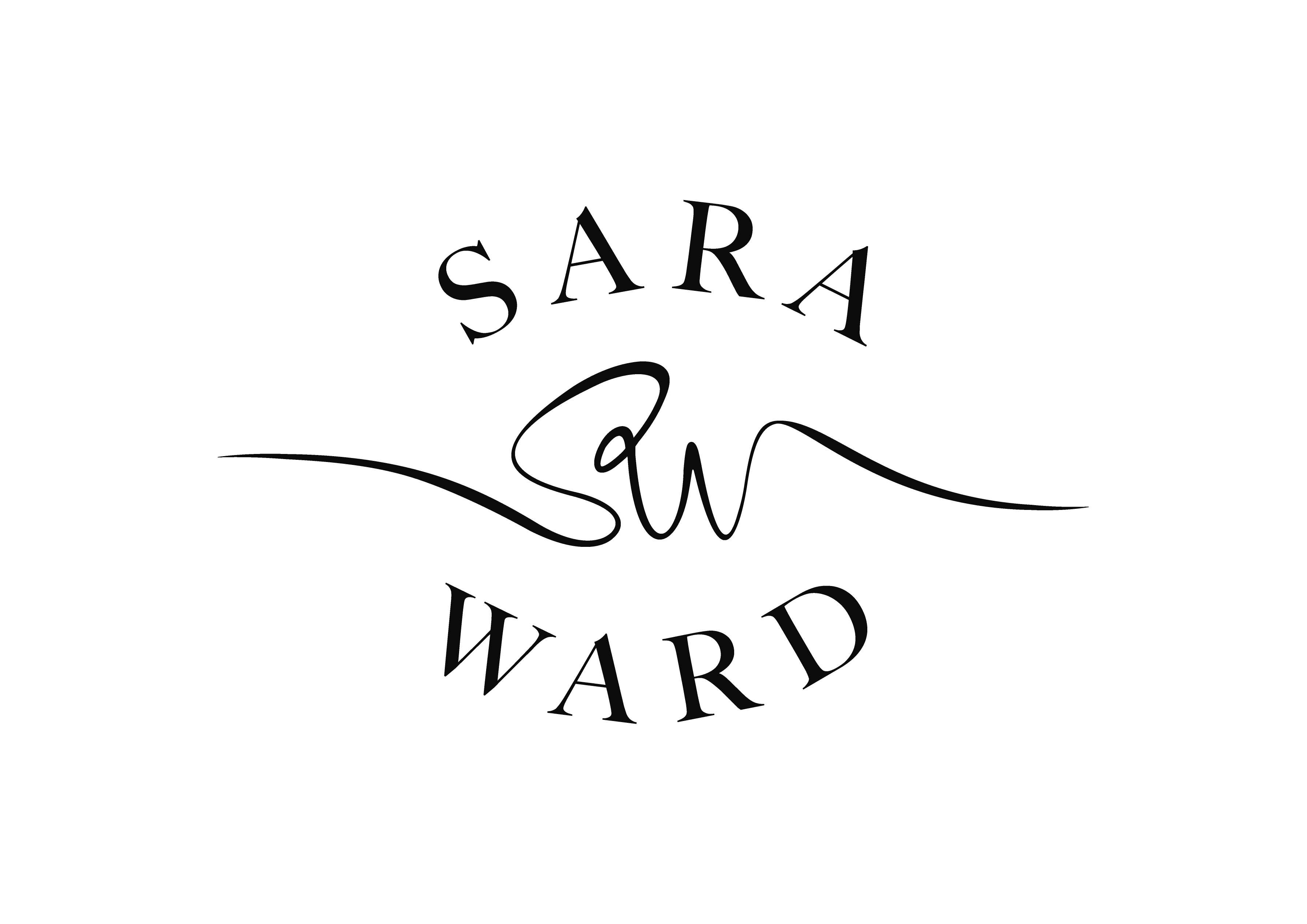I cut my teeth on headaches and migraines when I first started my practice. I’ll never forget my first migraine patient. I still see her to this day, almost 12 years later, not for migraines any more, but for maintenance. She came to me reluctantly, after I’d been treating her husband for a few months. He asked me one day if I could treat headaches and migraines. Being a newbie to the profession, I thought to myself … YES, say yes, Sara. And that’s when the migraine train started to roll in.
All of a sudden my patient roster was 90% headache-based. I encountered headaches and migraines of all sorts, but what I really cut my teeth on was barometric and hormonal headaches. This is a real thing when you live in a rainforest with a climate that brings sudden and unexpected weather changes. I learned the nuances of the weather, and could almost predict the days I’d be treating mostly headaches and migraines. And throw in hormonal nuances too, given that I know where all of my patients are in their cycles.
Headaches and migraines really are no laughing matter. They can stop you in your tracks with life-altering pain, and they require a toolkit of interventions. No two of my patients present with the same things, and what works for one doesn’t always work for the other.
Here’s what I keep in my toolkit for headache and migraine patients:
- Acupuncture — Always, obvi. Timing will play a key role here. Some of my patients find it best to get in when they are through the worst and are in the headache/migraine “hangover.” Others come in as soon as the aura or common trigger onsets to nip it in the bud.
- Food — Eliminating food triggers is sometimes the fastest way to curve a headache. For example, I have many patients who get relief from following a strict low-tyramine diet.
- CoQ10 — This can be a game changer for migraine sufferers. While there’s plenty of research on the efficacy of this supplement, check with your doctor or nurse practitioner to see if it’s a good fit for you. A recent recommendation from a patient that combines all the right supplements is Migraine Guard.
- Cycle syncing — For people with female physiology (or peeps with periods), it’s critical to know where you are in your cycle. Our hormones play a crucial role in how our body reacts to change and stress. Knowing your cycle can help you navigate and predict changes you’ll see in a month. Cycle syncing is my jam. If you’re wondering how to live according to your cycle, hit me up, I’m full of tips and tricks.
- Behavioral Optometrist — This is new news to me but might be just what you need. A patient of mine has recently unearthed vision therapy and is finally walking away with hope that her migraines and headaches will take a backseat.
- Sleep — My good friend sleep. You can circle back to last month’s issue where we all dive deep into sleep health.
Above all, check with your healthcare provider. They too have toolkits that will help navigate your headaches and/or migraines.














